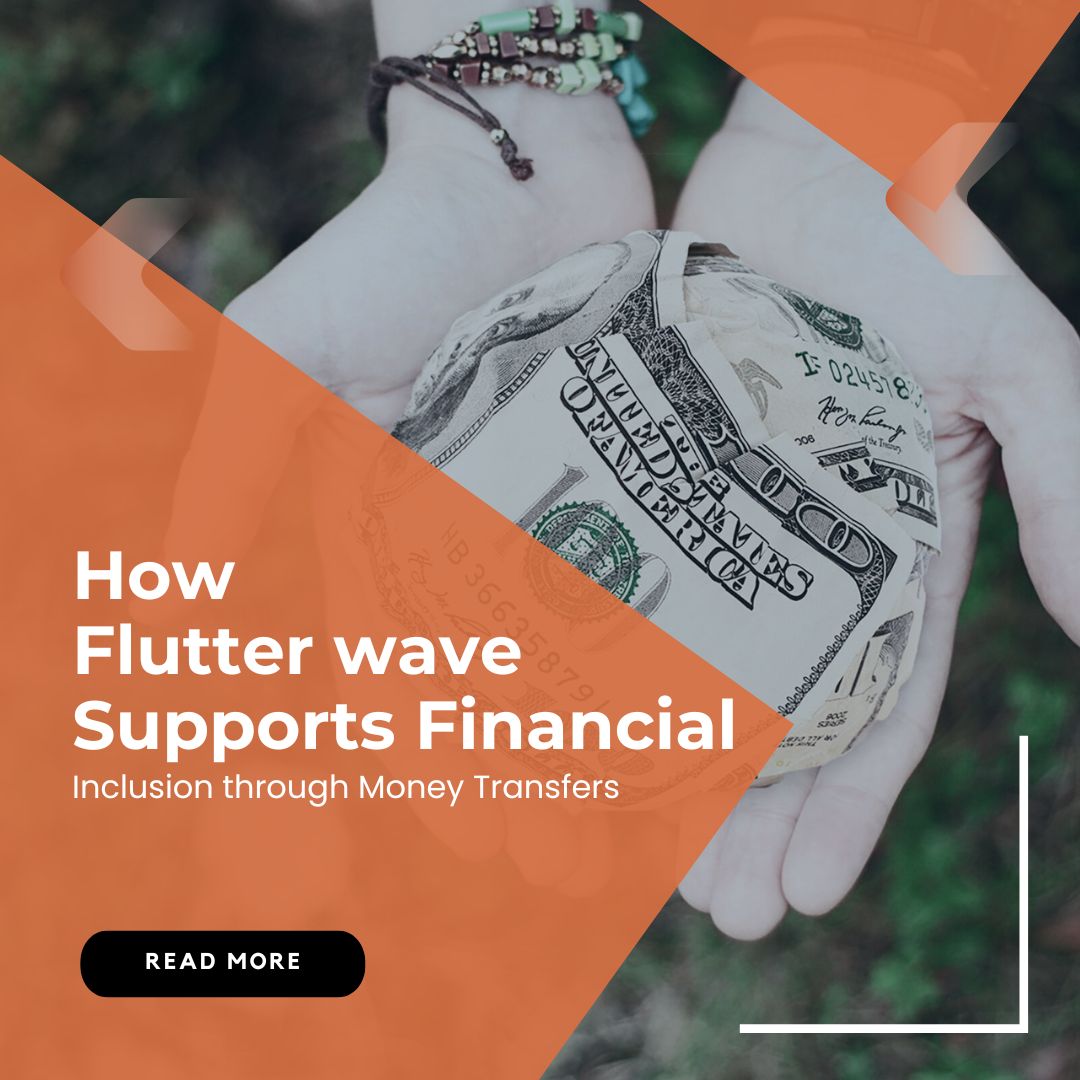Artificial Intelligence (AI) and Machine Learning (ML) are rapidly transforming the financial services industry in the Asia-Pacific (APAC) region. As APAC businesses embrace these technologies, they are unlocking significant opportunities to drive growth, enhance customer experiences, and gain a competitive edge. Embracing AI and ML in APAC Finance APAC businesses are recognizing the immense potential of AI and ML. A recent survey found that 92% of midmarket companies in APAC identify generative AI as a key business priority. Another study revealed that 51% of APAC companies have already adopted generative AI, with Singapore emerging as the global leader at 59%. Driving Business Efficiency and Growth AI and ML offer APAC finance firms numerous benefits, including: Challenges and Considerations While the opportunities are vast, APAC businesses must also navigate challenges and considerations when implementing AI and ML: Conclusion APAC businesses that embrace AI and ML in finance are poised to drive growth, enhance customer experiences, and gain a significant competitive advantage. By addressing challenges, prioritizing data quality, and building customer trust, APAC finance firms can unlock the full potential of these transformative technologies.
Tag: Fintech Conference in APAC
Navigating Fintech Regulations and Compliance
Navigating Fintech Regulations and Compliance
Navigating the Crypto Regulatory Landscape: What You Need to Know
Navigating the Crypto Regulatory Landscape: What You Need to Know
Future Trends in Remittance Services: What the Top Companies are Planning for 2025
Future Trends in Remittance Services: What the Top Companies are Planning for 2025
The Evolution of Fintech Partnerships: From Competition to Collaboration
The Evolution of Fintech Partnerships: From Competition to Collaboration
How Flutterwave Supports Financial Inclusion through Money Transfers
In today’s interconnected world, financial inclusion remains a critical issue, especially in developing regions where access to financial services is limited. Flutterwave, a leading payment technology company in Africa, is making significant strides in bridging this gap. By leveraging innovative solutions and a robust platform, Flutterwave is empowering individuals and businesses through seamless money transfers. This blog explores how Flutterwave supports financial inclusion and transforms lives across the continent. Understanding Financial Inclusion Financial inclusion refers to the availability and accessibility of financial services to all individuals, regardless of their socio-economic status. It encompasses a range of services, including banking, payments, savings, credit, and insurance. Financial inclusion is essential for economic development, poverty reduction, and overall societal well-being. Flutterwave’s Role in Promoting Financial Inclusion Flutterwave has emerged as a pivotal player in the financial technology sector, particularly in Africa. Here’s how the company is driving financial inclusion through money transfers: Success Stories The impact of Flutterwave’s efforts is evident in the numerous success stories from individuals and businesses across Africa. For instance, a small business owner in Nigeria can now receive payments from international customers seamlessly, thanks to Flutterwave’s payment gateway. Similarly, a student in Kenya can receive remittances from family abroad quickly and affordably, helping them focus on their studies without financial stress. The Road Ahead While significant progress has been made, the journey towards complete financial inclusion is ongoing. Flutterwave continues to innovate and expand its services to reach more people and address emerging challenges. The company’s commitment to financial inclusion is a testament to its vision of a world where everyone has access to the financial services they need to thrive. Conclusion Flutterwave’s dedication to financial inclusion through money transfers is transforming lives and fostering economic growth across Africa. By providing accessible, affordable, and innovative financial solutions, Flutterwave is empowering individuals and businesses to participate fully in the economy. As the company continues to expand and innovate, the future of financial inclusion in Africa looks promising.
How Third-Party Payment Processors Improve Customer Experience
In today’s digital age, the efficiency and convenience of payment processing play a critical role in shaping the customer experience. As businesses strive to meet the ever-increasing demands of their clientele, integrating third-party payment processors has become a popular and effective solution. These services not only streamline transactions but also enhance the overall customer journey. Here’s how third-party payment processors improve customer experience: 1. Simplified Checkout Process A cumbersome checkout process can lead to cart abandonment and lost sales. Third-party payment processors simplify this process by offering user-friendly interfaces and multiple payment options. Customers can easily and quickly complete their purchases without navigating through complex steps or filling out extensive forms. 2. Enhanced Security Security is a major concern for online shoppers. Third-party payment processors employ advanced encryption technologies and compliance with industry standards (such as PCI DSS) to ensure that customers’ payment information is protected. This builds trust and confidence, encouraging customers to make repeat purchases. 3. Global Reach For businesses looking to expand internationally, third-party payment processors can facilitate transactions in multiple currencies and support various payment methods popular in different regions. This global reach allows customers to pay in their preferred currency and method, enhancing their shopping experience and expanding the business’s market potential. 4. Seamless Mobile Payments With the rise of mobile commerce, offering a seamless mobile payment experience is essential. Third-party payment processors often provide optimized mobile payment solutions that integrate easily with mobile apps and websites. This ensures that customers can shop and pay conveniently from their mobile devices, leading to higher satisfaction and loyalty. 5. Faster Transactions Speed is crucial in the digital age. Third-party payment processors facilitate faster transaction processing, reducing the waiting time for customers. Instant payment confirmations and quicker order processing enhance the overall efficiency of the shopping experience, keeping customers satisfied and engaged. 6. Comprehensive Reporting and Analytics Third-party payment processors offer businesses detailed reporting and analytics tools. These insights help businesses understand customer behavior, preferences, and trends. By analyzing this data, businesses can make informed decisions to improve their services, tailor marketing strategies, and ultimately provide a better customer experience. 7. Customer Support and Dispute Resolution Handling payment-related issues can be challenging for businesses. Third-party payment processors often provide robust customer support and dispute resolution services. This means that customers have access to timely assistance for any payment-related concerns, enhancing their overall satisfaction and trust in the business. 8. Recurring Payments and Subscriptions For businesses that operate on a subscription model, third-party payment processors offer efficient recurring payment solutions. Customers can easily set up and manage their subscriptions without the hassle of manual renewals. This convenience fosters a positive experience and encourages long-term customer relationships. Conclusion Incorporating third-party payment processors into your business operations can significantly enhance the customer experience. From simplifying the checkout process and ensuring security to enabling global reach and providing comprehensive support, these services offer numerous benefits that cater to the needs and expectations of modern consumers. By prioritizing efficient and secure payment solutions,… Continue Reading How Third-Party Payment Processors Improve Customer Experience






